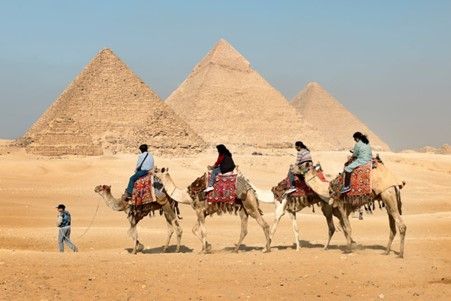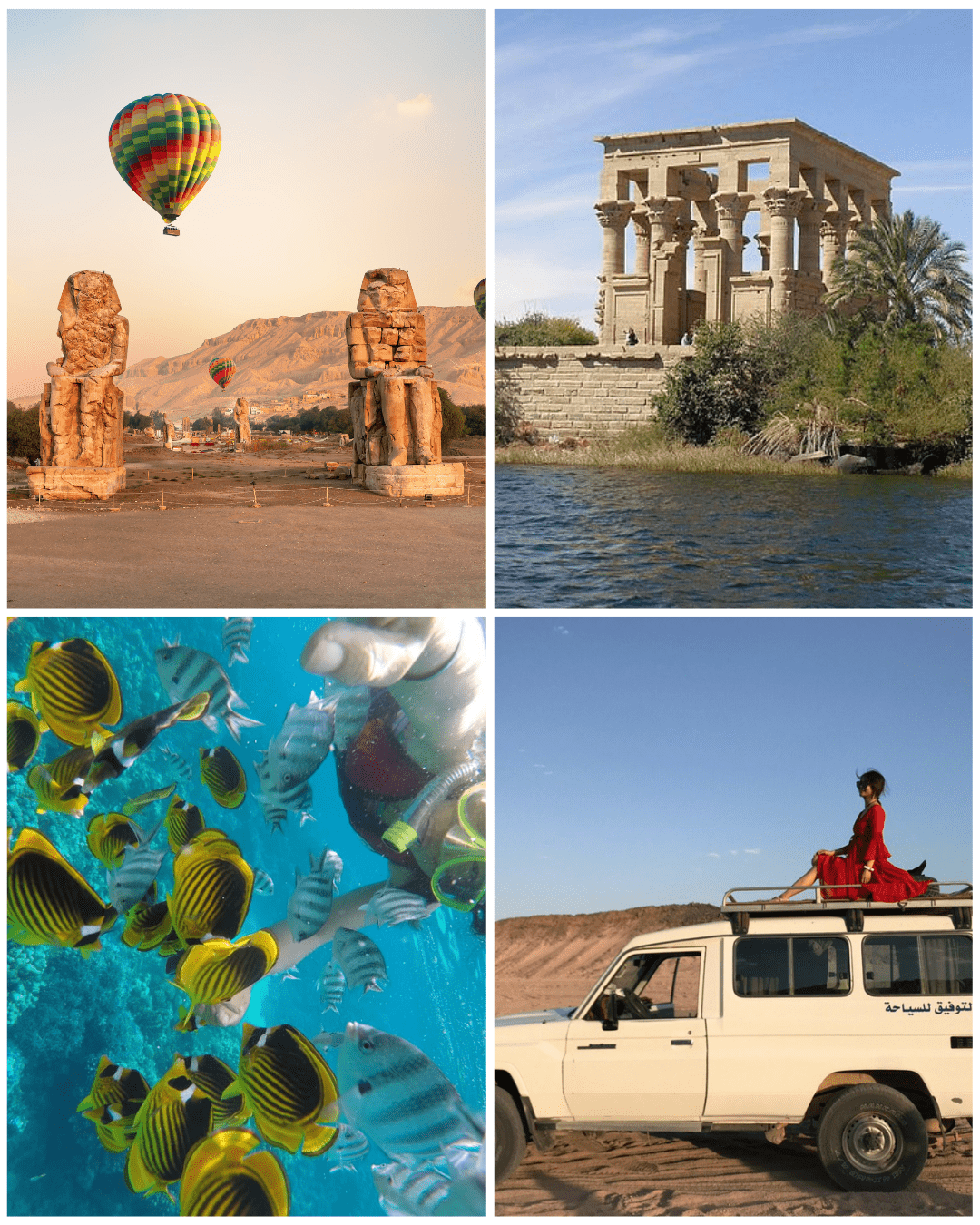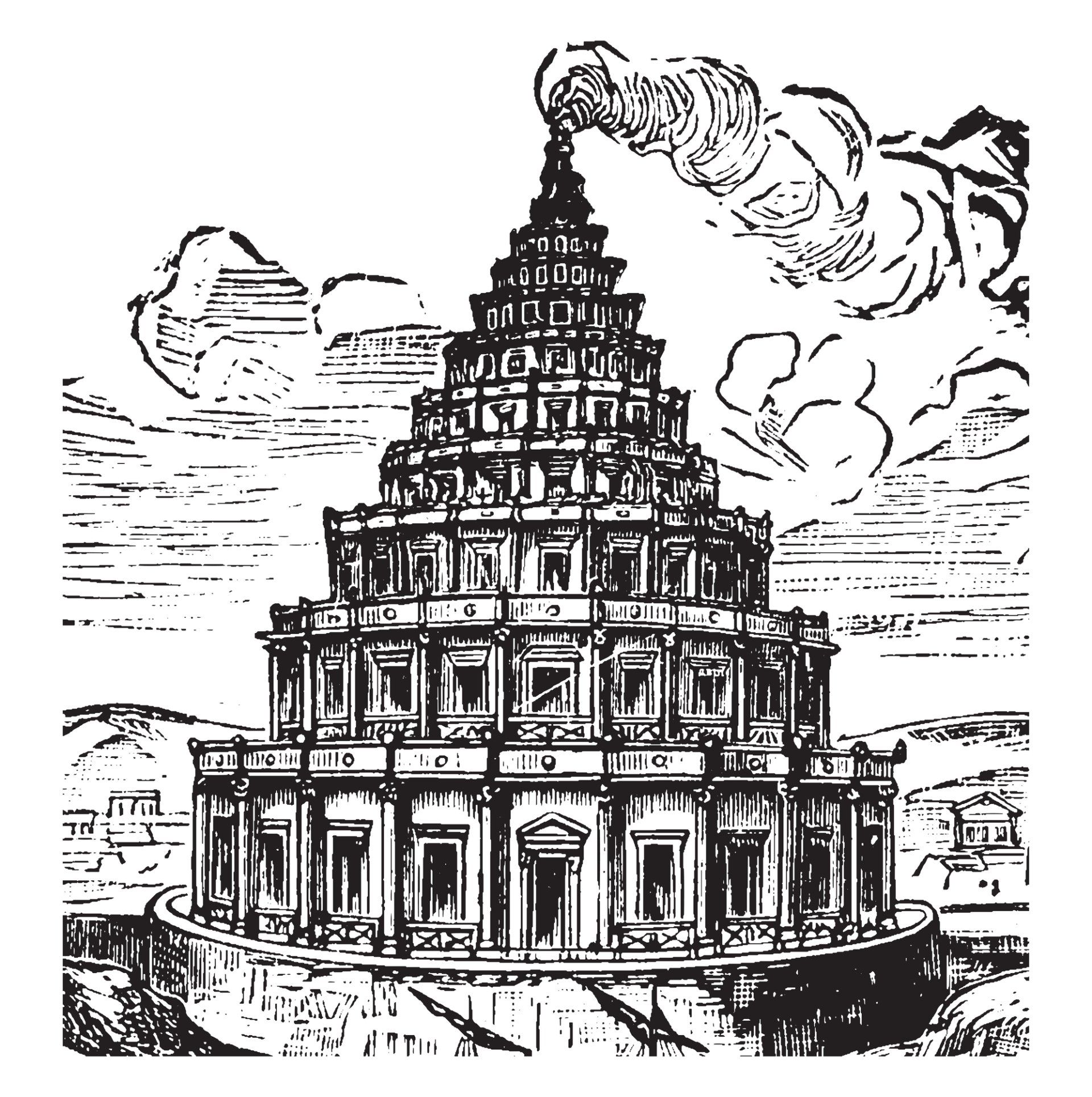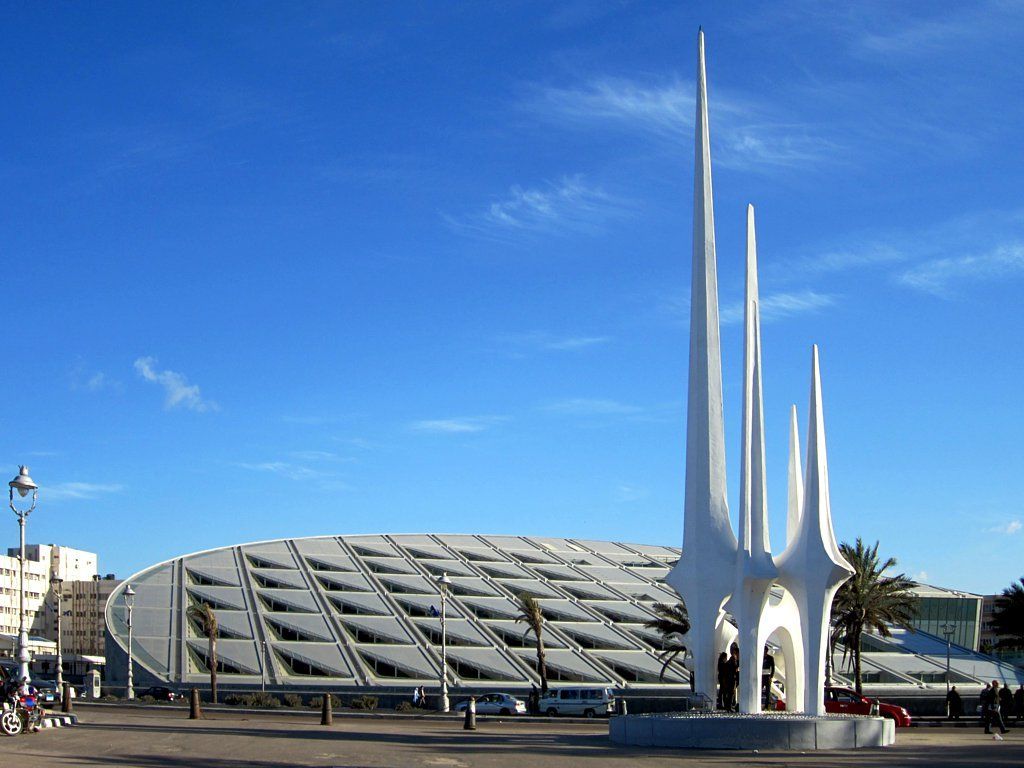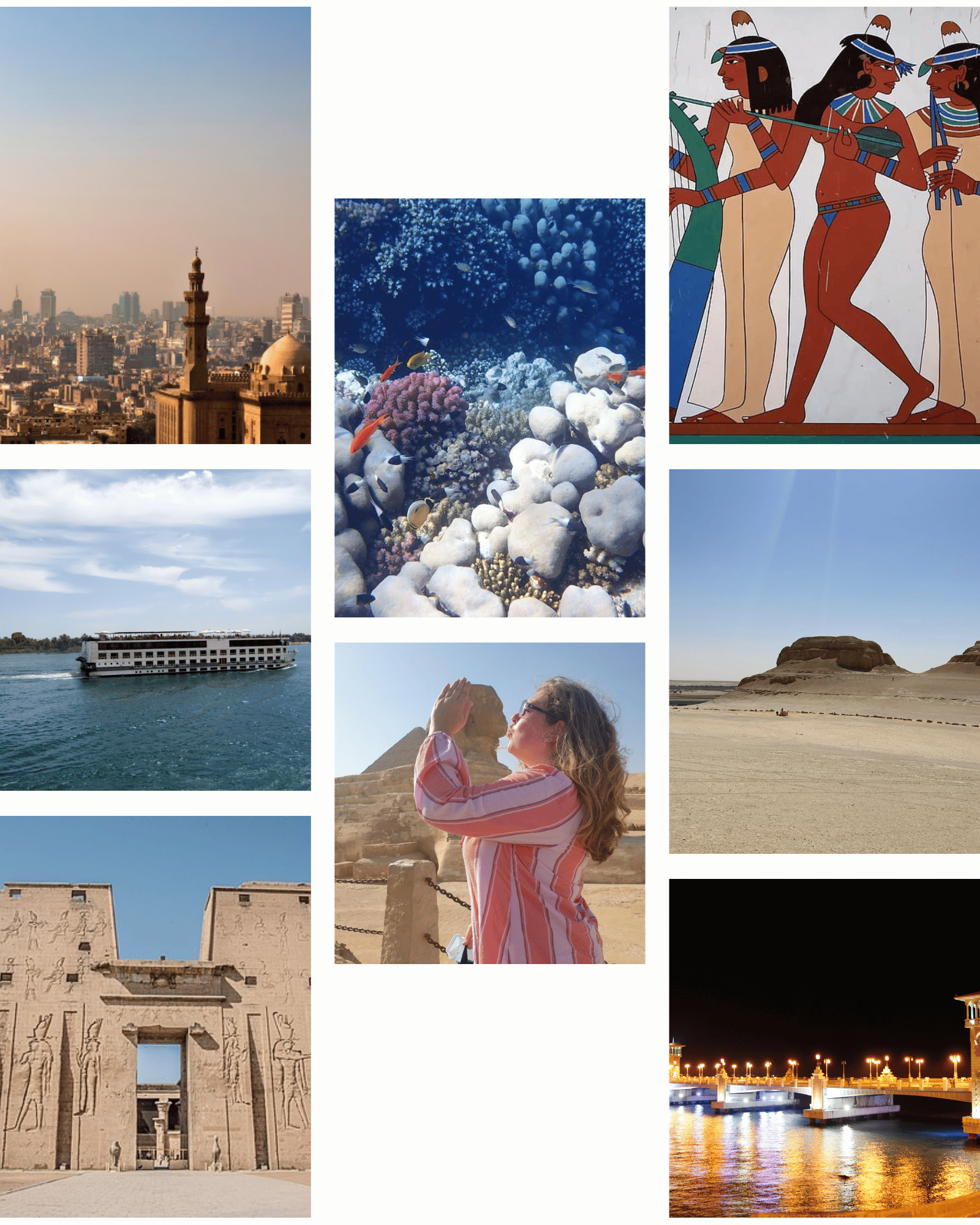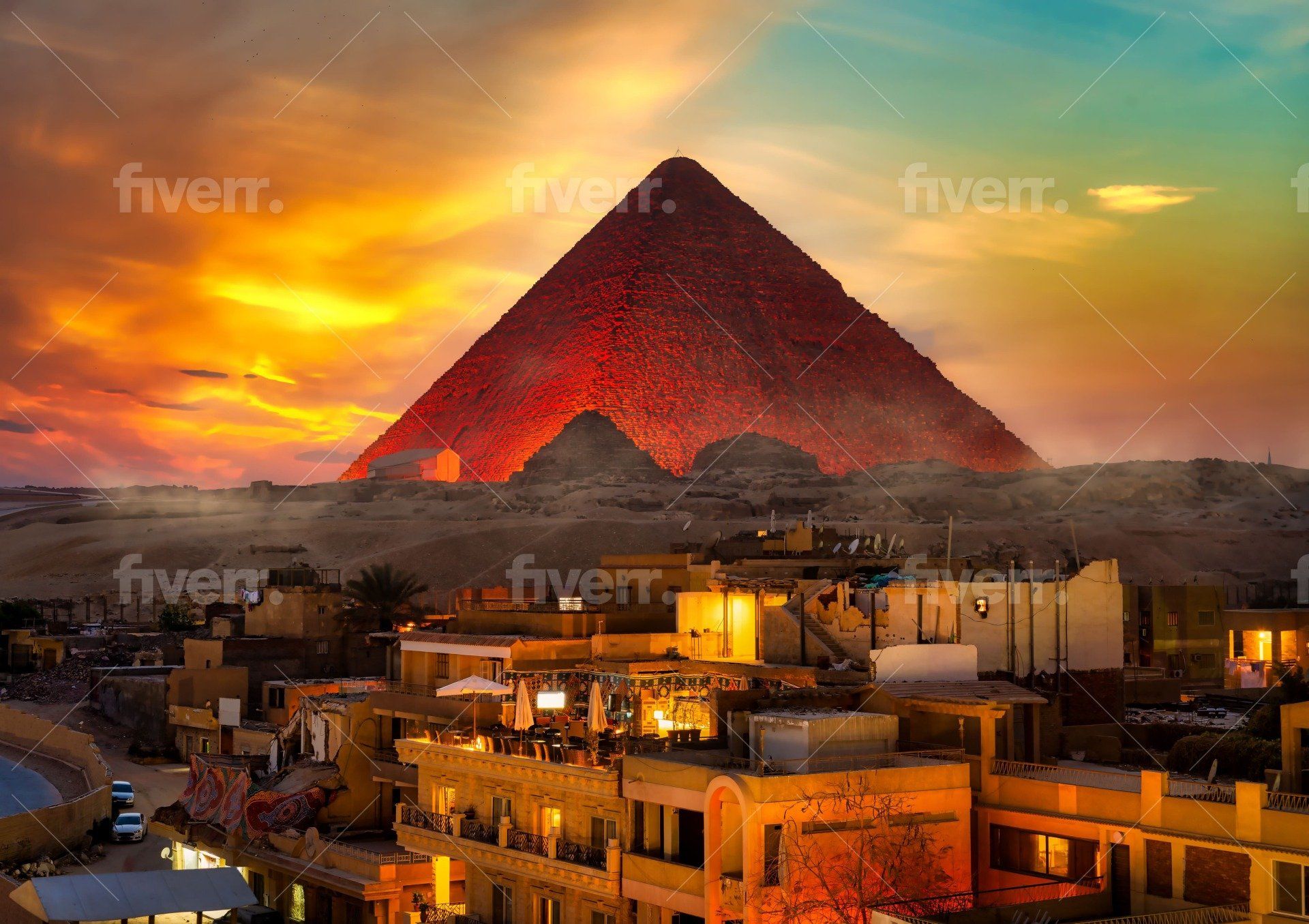Alexandria, Egypt: A Traveler’s Guide
About

When it comes to Egyptian cities, Cairo is usually the first port of call for international visitors, and southern settlements like Aswan and Luxor are the most popular for sightseeing. However, Alexandria was once the epicentre of culture and intellectualism for the Hellenistic world and although much of its former grandeur has been lost, it remains a rewarding destination for travellers interested in uncovering Egypt’s past – and discovering how its modern population lives. Located on the Mediterranean coast at the western edge of the Nile Delta, Alexandria is just 183 kilometres northwest of Cairo and can be visited on a day trip or for a longer stay.
History of Alexandria
The Founding of an Ancient Capital
The foundation of Alexandria predates that of Cairo by exactly 1,300 years. It was 331 BC when Alexander the Great – legendary Macedonian king and one of the greatest military rulers the world has ever seen – established the city. At the time, he was just 25 years old but in the prime of his conquering career. Alexandria was named after its founding monarch, and when Alexander died in 323 BC the governance of the city was handed to one of his generals, Ptolemy I.
Ptolemy went on to rule Hellenistic Egypt with Alexandria as his capital, and was regarded by its people as a continuation of the ancient pharaohs. He founded the Ptolemaic dynasty, a long line of Macedonian Greek rulers that would last from 323 BC to 30 BC. The dynasty ended when its last monarch, Cleopatra VII, committed suicide in her Alexandrian palace during the Roman conquest of 30 BC. This drastic measure, undertaken to prevent herself from being paraded through the streets of Rome by her conqueror, Octavian, ultimately marked the beginning of the Roman Empire.
During its heyday, Alexandria was the largest city in the ancient world before eventually being superseded by Rome. In terms of culture, it was the single most influential settlement of its time.
Historic Alexandrian Landmarks
Alexandria’s reputation as a centre of learning during the Ptolemaic era was due in large part to the presence of the Grand Library: in its time, the largest and most important library in existence. Although experts disagree on the exact number of scrolls kept at the library (with estimates ranging from 40,000 to 400,000), it is undeniable that it served as a place of study for the most significant scholars and scientists of the third and second centuries BC. The library was built during the reign of Ptolemy II and although it was partially torched by Julius Caesar during the civil war of 48 BC, it is known to have survived into the third century AD.
Another Alexandrian landmark that has gained an almost mythological reputation is the Lighthouse of Alexandria (sometimes known as the Pharos). This grand structure was also commissioned by Ptolemy II and stood over 100 metres tall; making it one of the tallest manmade monuments of the ancient world. It was also one of the Seven Wonders of the Ancient World – of which the only one still standing is the Great Pyramid of Khufu at Giza. The lighthouse was reduced to a ruin by a series of earthquakes, and eventually disappeared completely when the last remaining stones were used to build Fort Qaitbey in the 15th century.
Decline and Revival
Despite the fall of the Ptolemies, Alexandria continued to serve as the Egyptian capital throughout the Roman and Byzantine eras, only relinquishing its title as a result of the Muslim conquest in 641 AD. By that time, Alexandria had been the capital for almost 1,000 years, and yet its storied past and glorious reputation was not enough to save it from a gradual decline into insignificance and disrepair. After decades of conflict and plundering, much of the original ancient city was destroyed and very few of its iconic landmarks have survived into the present day.
Alexandria is no longer the Egyptian capital (after 641 AD, that title passed first to Fustat, then to Al-Askar, Al-Qata’i, and eventually to Cairo, the current capital). However, it regained significant influence during the late 18th century as an important sea port and industrial centre. In particular, it thrived as a result of the Egyptian cotton trade and its strategic position on the overland route between the Mediterranean and Red Seas. Today, Alexandria is the second-largest city in Egypt after Cairo, with a population of over 5.2 million people. It has experienced something of a cultural renaissance, too, with the construction of several important museums and a modern reinterpretation of the original Grand Library.
Top Present-Day Attractions
Bibliotheca Alexandrina
Building upon the legacy of the Grand Library, Alexandria’s modern Bibliotheca is the city’s premier attraction and cultural hub. Visitors are first struck by its exterior architecture, which resembles a great, tilted disc rising from the seafront. Inside, the building’s most impressive feature is the vast main reading room, which was built to accommodate no fewer than eight million books. In addition to four specialist libraries, the Bibliotheca also houses a planetarium, several exhibition spaces, and four permanent museums.
Of these, the most interesting are the Antiquities Museum and the Manuscript Museum. The former showcases Egyptian artefacts dating from the time of the pharaohs to the Islamic era; while the latter houses many rare scrolls including the only extant scroll from the original Grand Library.
Alexandria National Museum
For a further insight into the city’s past, pay a visit to the Alexandria National Museum. This fascinating space is housed inside a renovated Italianate palace that dates back to the early 20th century and once accommodated the United States consulate. Today it exhibits approximately 1,800 artefacts relating to the history of Egypt and Alexandria in particular. There are three floors to explore. One is dedicated to pharaonic times, another to Alexandria’s heyday during the Hellenistic and Roman eras, and the third covers the Byzantine era, the history of Christianity and Islam in Egypt and the events of the 19th and 20th centuries.
Of particular interest are artefacts discovered in Alexandria’s Eastern Harbour by a team of French divers in the 1990s (including remnants believed to have come from the original lighthouse), and a bust of Caracalla that shows the Roman emperor in traditional pharaonic dress.
Kom Al Dikka
Alexandria’s Roman heritage is part of what makes the settlement so historically important. Nowhere is this more evident than in Kom Al Dikka, an area of the city that once served as an affluent residential area for its Hellenistic and Roman residents. Here, archaeologists have uncovered the remains of a Roman bathhouse, several villas, and the only Roman amphitheater discovered in Egypt to date. Don’t miss the Villa of the Birds, a ruin renowned for its particularly well-preserved floor mosaic, which depicts all kinds of exotic birds from parrots to peacocks.
Pompey’s Pillar
The other major Roman landmark in Alexandria is Pompey’s Pillar, a towering Corinthian column that was in fact built to honour the emperor Diocletian after his victory over the usurper Domitius Domitianus at the end of the third century AD. The naming of the column for the Roman general Pompey stems from a mistranslation of the inscription at its base. Originally, the column would have been topped with a colossal statue of Diocletian; now, even after the loss of the statue, it stands just under 27 metres tall – making it the largest monolithic column to have been built outside Rome and Constantinople. The pillar stands in the ruined Serapeum of Alexandria and is flanked by two sphinxes.
Kom El Shoqafa
Within walking distance of Pompey’s Pillar lies another of Alexandria’s most intriguing attractions: the catacombs of Kom El Shoqafa. Discovered accidentally in 1900 after a donkey fell through a hole in the ground, this ancient necropolis represents the largest Roman burial site in Egypt and was one of the Seven Wonders of the Middle Ages. It is comprised of three tiers of tombs, the lowest of which is now underwater. Visitors descend into the catacombs via a spiral staircase and can explore the banqueting hall where families of the dead would once have celebrated their loved ones with a final meal; and the principal tombs where funerary reliefs display a unique blend of Egyptian, Greek, and Roman iconography.
Fort Qaitbey
Sometimes referred to as the Citadel of Qaitbey, Fort Qaitbey stands in the exact position once occupied by the Lighthouse of Alexandria – on the eastern side of Pharos Island at the mouth of the Eastern Harbour. It was established in 1477 AD by Qaitbey, the 18th sultan of the Mamluk dynasty, who built it as a defensive stronghold against potential Turkish invasion. The fort stood strong throughout the Mamluk period, but was ultimately allowed to fall into disrepair during the era of British colonial rule. After Egyptian independence, it was immaculately restored on several occasions by the former Egyptian Supreme Council of Antiquities. Best accessed via a scenic walk along Alexandria’s seaside Corniche, the fort still incorporates some of the original lighthouse stones.
Getting There
If you’d like to discover Alexandria’s many wonders for yourself, there are several different ways to get to the city sometimes called the Bride of the Mediterranean. The closest airport is Borg El Arab International Airport (HBE), located roughly 40 kilometres southwest of the city centre. However, although the airport does welcome flights from several different domestic and international destinations, it is surprisingly inconvenient to fly from Cairo. This is because the only direct flight departs at 11:15pm and indirect flights involve a circuitous route via Sharm el-Sheikh or Hurghada on the Red Sea coast. If you do choose to fly, the best option for getting from the airport to downtown Alex is to use a licensed taxi or Uber.
Train and coach services also provide access to Alexandria, with both options taking between four and five hours from Cairo. Alternatively, you can shorten the journey from the capital considerably by hiring a car and driving 2.5 hours northwest along Route 75M (also known as the Cairo-Alexandria desert road). Don’t feel like driving? Book a day trip to Alexandria from Cairo with Pyramids Land Tours. We offer two 12-hour itineraries that include private, air-conditioned vehicle transfers and the services of a local guide. Other inclusions vary, from entrance fees to the best attractions to lunch at a local restaurant.
Where to Stay
Those that decide to extend their stay in Alexandria are spoiled in terms of places to stay. The most luxurious option is the 5-star Four Seasons Hotel Alexandria, with its spa, private beach and gourmet restaurants. Mid-range travellers will be equally comfortable at the Hilton Alexandria Corniche or the SUNRISE Alex Avenue Hotel (both of which tempt with a seafront setting and idyllic Mediterranean views). And for visitors on a budget, the Al Magrahby Hotel offers clean, comfortable accommodations, rock bottom prices and a convenient setting in downtown Alexandria – halfway between the National Museum and Fort Qaitbey.
Weather and When to Go
Alexandria has a hot desert climate, although a prevailing north wind from across the Mediterranean keeps the city somewhat cooler than its counterparts in the Egyptian interior. It experiences hot, dry summers and mild, wet winters. The coldest month is January, with a daily mean temperature of 13.4 degrees Celsius and record lows of zero degrees. January is also the wettest month with an average of 11 rainy days.
August is the hottest month with a daily mean of 26.3 degrees Celsius and a record high of 38.6 degrees. From June to August, there are often no rainy days at all. Weather-wise, the best time to visit Alexandria is in the April to May and September to October shoulder seasons, when rainfall is limited and temperatures are neither too hot nor too cold. Essentially though, Egypt’s second-largest city is a fantastic place to visit whatever the time of year.

